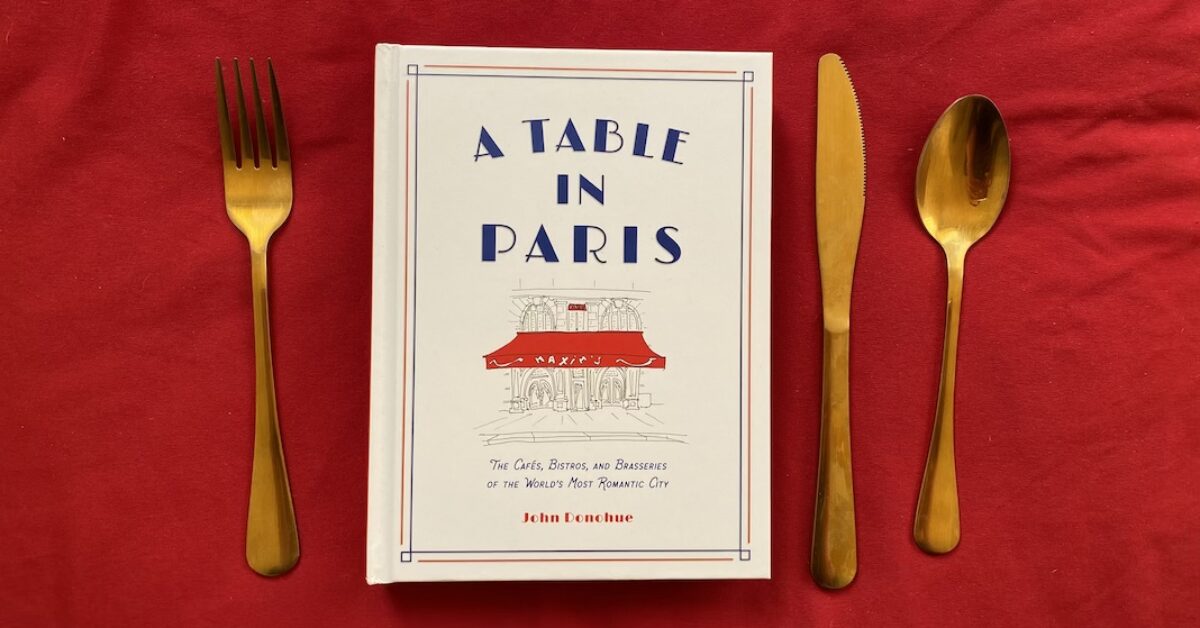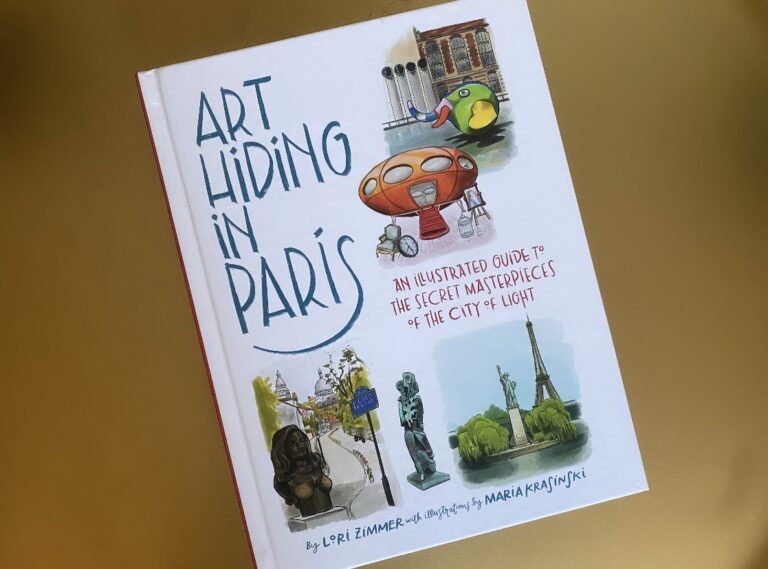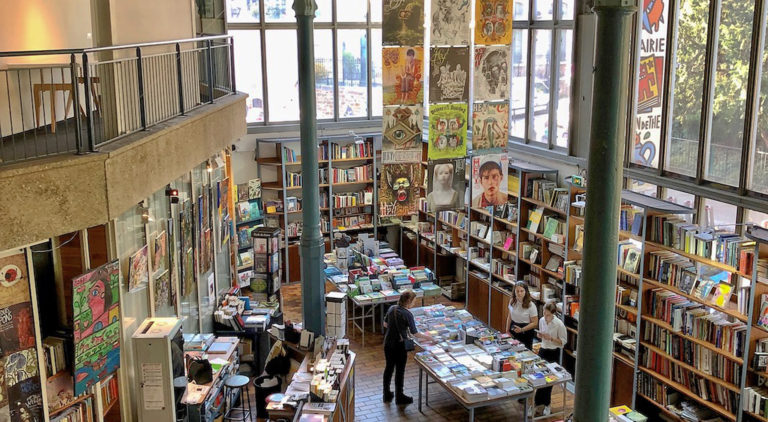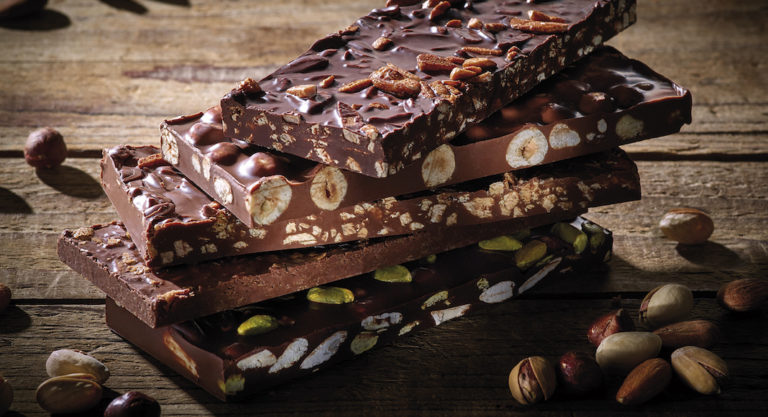Hipsters may have turned “authenticity” into a dirty word, but every city with a history will inevitably have a few catfights over what came first, who snitched, and why it’s just a little bit worse now that everyone knows about it.
This New York attitude is turned on the City of Lights in A Table in Paris: The Cafés, Bistros, and Brasseries of the World’s Most Romantic City. Written and illustrated by John Donohue, a former editor at The New Yorker and author of All the Restaurants in New York, this beautiful little book is a comprehensive guide to the best eats in Paris. Reviews range from one-liners (the entire review for Chez Oskar reads simply: “Couscous, couscous, and more couscous.”) to multi-paragraph odes. The dozens of contributors include foodie Francophiles like Dinner in French author Melissa Clark; usual expat suspects like Lindsey Tramuta and Lauren Collins; and wild cards who range from one-time tourists to native Parisians.
The spectrum of eateries is similarly broad, yet unsurprising. You’ll spy drunk food staples like L’As du Falafel, trendy speakeasies like Candelaria, and classic brasseries like Le Boeuf sur le Toit, all described with equal amounts of respect and appreciation. The reviews feel less like what you’d read in The New York Times, and more like how your best friend would recommend a local haunt: no holds barred, and dotted with anecdotes and peculiar details. Pamela Druckerman describes the special cosmic creative energy of the second to last banquette at Café Charlot. Sung Pak shares scandalous rumors about a hidden secret entrance at Lapérouse where senators could smuggle in courtesans for private dinners. And throughout, Donohue gives tribute to the unusual features of these favorite spots, with illustrations of vintage stoves and elegantly-scripted “no cellphones” signs.
Chapters are divided by neighborhood… roughly. Rather than being divided by district, Paris Plan-style, locations seem to be designed more around the places you would hit on a weeklong vacation: “From the Louvre to the Grand Palais,” “Up in Montmartre,” or “St Germain.” A practical grouping for anyone unfamiliar with the city’s arrondissements. The character of each restaurant is captured in Donohue’s charming ink drawings, which manage with the simplest strokes to evoke the bustle of a busy terrasse, or the intimacy of the empty table where Simone de Beauvoir and Jean-Paul Sartre used to take lunch.
Among the regulars, there is a sense of time to be contended with, the most common complaint being that, of course, those less deserving have spoiled the fun. “The only downside: tourists have widely shared this Parisian address, so it’s a little less secret now,” Frédérique Veysset says of Chez Georges. It doesn’t take a sommelier to detect the subtle notes of irony in that review. “I have a new favorite place now,” Pamela Druckerman teases, “I’ll tell you about it just as soon as I’ve stopped going there… Even the perfect place isn’t perfect for very long.”
Can we blame them for a noisette of snobbery in an otherwise robust and revitalizing shot of gastronomic inspiration? Hardly. It might even be the secret ingredient that makes reading this book so much fun, part of the charm of the “local” perspective.
In all, A Table in Paris is pretty enough to leaf through before bed, and practical enough to guide you through a city teeming with delicious food, strong coffee, and fabulous wine. It’s a must-read… but don’t tell anyone we told you.








